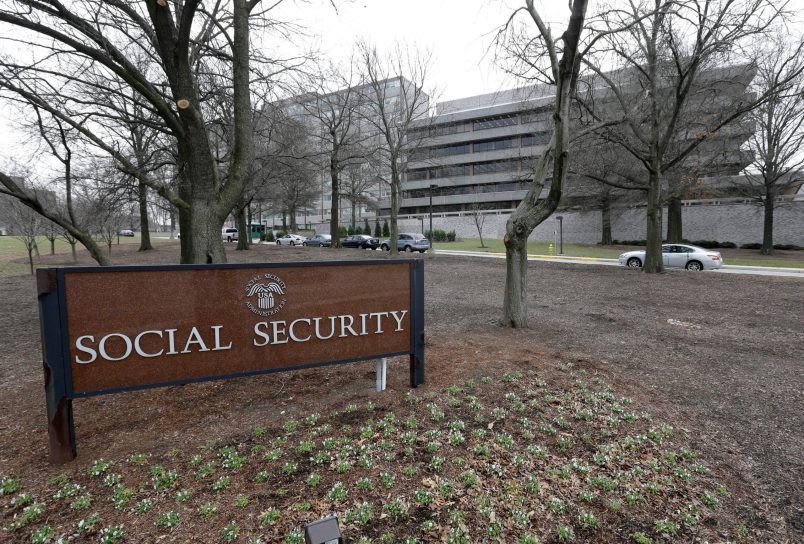I mentioned a few days ago that political reporters remain way behind when it comes to seeing through the flimflam of Republicans’ schemes to cut or dismantle Social Security. I was reminded in a TPM Reader email a few mornings ago how often the press accounts of the financing of the program itself remain trapped in GOP talking points. In X number of years, we hear again and again, Social Security will become “insolvent.”
But this isn’t true. At best, it’s a totally misleading way to describe how the federal government pays for things.
Social Security and Medicare are funded (almost entirely) by a payroll tax of approximately 15% on wage and salary income up to a statutory cap, which currently stands at $160,200. That tax is split between the employer and the employee. It funds the two programs. A couple generations ago, Congress increased the tax to build up a surplus to pay for the benefits of the baby boom generation. That’s the “trust fund.” Social Security “lent” that extra money to the rest of the federal government, i.e., it purchased government bonds. Eventually the Trust Fund will run out of bonds to cash in. The current estimate is that that will happen in the mid-2030s. This is when Social Security supposedly becomes “insolvent.”
But that’s a meaningless term. The federal government has to pay its promised benefits and if they can’t all be paid by out of payroll taxes the remainder can and will be paid out of general revenues. This was actually the assumption about what would eventually happen back when the program was founded almost a century ago. (Look it up.)
This doesn’t mean it’s a non-issue. It means there will be a funding gap and that’s just a budgetary issue to be resolved. It’s not “insolvent.” That’s just scare talk. Now, how can the funding gap be resolved? You could just pay the remainder out of general revenue (the general tax base of income, corporate, capital gains and other taxes that are not tied to any specific program). But there’s another more straightforward approach: just rejigger the payroll tax.
You could simply raise the payroll rate. But that’s a bad idea. One of the first articles I ever wrote as a working journalist — 25 years ago — was on this point: payroll taxes are really regressive. (The linked article says 2001 but it was actually published in 1998.) You’re paying about 7.5% on the first dollar you make up to $160,200. No deductions or anything. Every dollar. Most economists would say you’re actually also paying the employer side too because that’s money that goes to the cost of employing people that would otherwise go to the employee. So there’s a good argument that low- and middle-income workers are paying a flat tax of 15% on every dollar they make. It makes no sense to raise that rate. The simpler and more equitable solution is just to raise the cap.
It gets raised every year by a calculus tied to cost of living and related measures, sort of like an inverse cost of living adjustment. But I mean raise it to a higher level, beyond the annual increase. There are various ways to do this. You can just raise the number from $160k to say $200k or $250k. Or, perhaps more equitably, you could leave the cap at $160k and have it kick in again starting at $500k. That way you put most of the burden on very high income earners.
Obviously there are a limitless number of ways you can do this. The point is that there are really basic budgetary changes that solve the problem — the problem being that there is a larger share of retirees to younger workers. (Another way to help with this problem is to welcome more working-age immigrants. But that’s a solution for another post.) Of course, you could just start cutting benefits — as Republicans want to do. But that’s a values question more than an economics one. Who should carry the burden of this shortfall, seniors on fixed incomes or the people getting rewarded most in the current economy? Income inequality is a key part of this equation on every front, both as a matter of equity and adjusting Social Security finances and also because rising income inequality has itself weakened Social Security financing. As more income has been pushed into the higher tax brackets, more income has been removed from the Social Security tax base.
The global point is that there’s no “insolvency” or “bankruptcy.” That makes the whole thing sound like some looming crisis, which it’s not.






